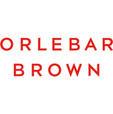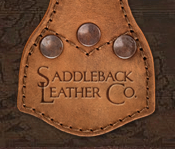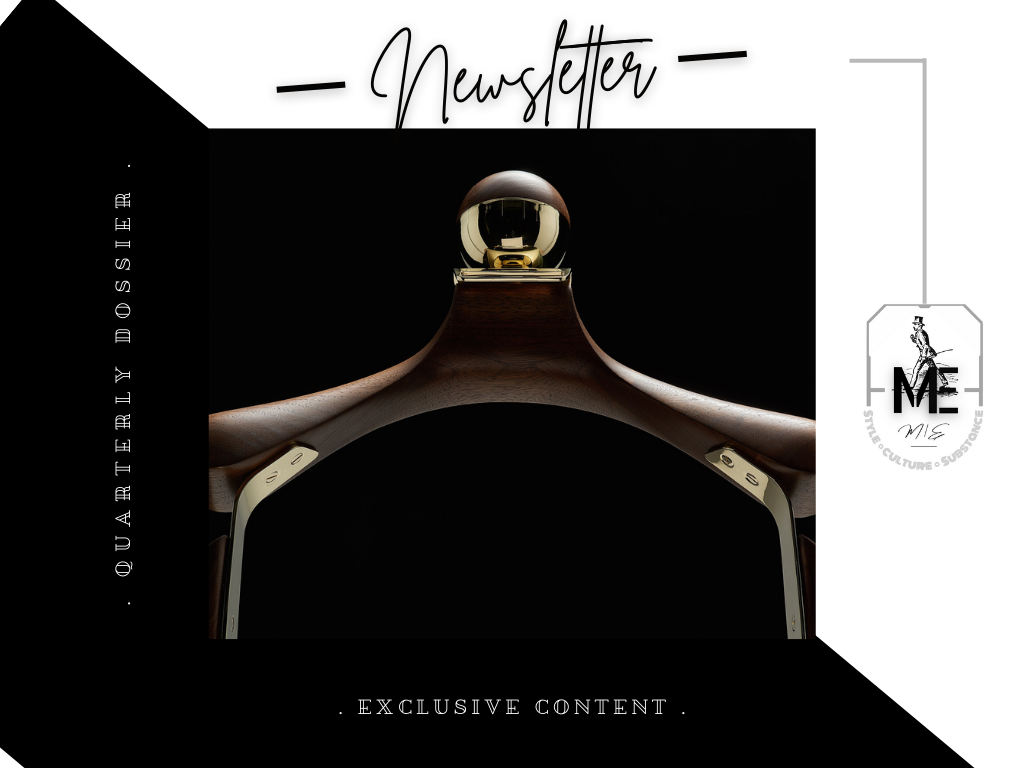Because there is just a certain — sartorially elevated -- je ne sais qui tied to it, a tasteful simplicity that consistently draws men in (generation-after-generation), and an alluring characteristically quintessential and emblematic gentlemanly quality and essence about it that is tailored into every individual strand and fabric.
The telltale memorandum: It’s no mere coincidence that the aforementioned Messrs all faithfully utilized (and cemented) it as a venerable foundation wardrobe staple, placing their stylish identities in its naturally reliable go-to hands on a consistent basis…and no modern gentleman should be left deprived of the subtle yet lofty benefits that the navy blazer imparts onto any who wear it (ie. it should have a starring role in every mans daily wardrobing rotation).
And the logical rationale behind such consistency, permanence and laureled distinction?
That would be due to its storied virtues: its masculine refinement, its fashionable transcendence, its enduring social relevance (having been in the good graces of every style-conscious gent for over a century), and its pervasive cultural permeation, which has seen its malleable influence touch upon nearly every corner of the globe — from Japan to the Americas and everywhere in between.
To that end one could sincerely proclaim that it is indeed an indisputable menswear staple that is beyond reproach; an investment piece worth every single penny spent on it and an authoritative pillar that will always be in style in one manner or another. It truly is a crowning piece that stands front and centre as a timeless representative of (subtle) cultivated elegance.
The navy blazer, on the other hand, is indeed a vestment that truly deserves its gilded iconic labelling and the accompanying characterizations and accolades. It is a perennial wardrobe cornerstone that can be ably paired with nearly everything in a man’s existing wardrobe.
Fancy wearing it over an Oxford button-down? How about a simple t-shirt, roll neck, or knitted polo (and shorts)? Any of those pairings will work. Worried it won’t suit your everyday choice footwear or team well with your collection of leisure trousers? Don’t be as it's of little consequence as a blazer can either smarten up your trainers and jeans or naturally accentuate your polished oxford brogues and dress chinos with relative ease.
It simply offers effortless sophistication in spades and can serve you no matter what social calling awaits you: be it an evening relaxing at home, a formal Sunday brunch, or a more smart-casual leaning workplace. It's potential — despite its well documented and drawn out past — has yet to be tapped completely dry and is only restricted by one’s creative imagination.
So, whether dressed up or down in a myriad of varying ways, your styling options are near boundless. Why? Because its rich (dark) navy colour will accentuate nearly every other hue on the colour wheel.
With that in mind, what you will stumble upon within this feature are three inspirational outfit style edits — alongside an abridged history, fit + construction guide, and a case for an extended blazer collection — that will (hopefully) help to breathe fresh air into your blazer's creative styling rotation. They are looks that will ensure you always look the proper part of a gentleman while sporting your navy blazer whether it be today, tomorrow… or even 10 years down the road from now:
Just remember that FIT is key. It should slim, it should be tailored to perfection, and it should make you feel comfortable and look like you belong anywhere.
The Navy Blazer: A History
They often are quite varied in cultural provenance, with numerous parties often ascribing to the notion that it was indeed they who where the master orchestrators or creators of any given item in question. The navy blazer slides under just such a guise, seeing as its dubious history falls under the shadow of two distinctively alternative narratives.
On one side of the rooted coin are those who attribute its creation to the dual country club — uniformly regimented — sporting worlds of tennis and cricket, with traces of its presence going as far back as the 1860’s.
On the opposing side is the rather fanciful and charming militaristic origins tale that concerns the HMS Blazer, an English warship whose captain — as legend would have it — outfitted his entire crew in what was initially considered as being a fashionable renewal of the naval serge jacket, albeit one that was cropped shorter, cut slimmer, and accentuated by the addition of statement making brass buttons for the coronation of Her Majesty Queen Victoria in 1837. Hence the name blazer.
Both anecdotes are often quoted as being the true tales of origin, yet neither has even been authenticated beyond question.
One matter that is indeed certain is the fact that the blazer was first conceived in Britain and for regimented — be it sport or military — purposes.
Having said that, I’d be remiss if I did not in fact stress the fact that the true glory of the navy blazer lies within its simplistic purity and general ease of wear.
And yet, its sensible subtly never fails to garner praise and acknowledgement from those with a discernible eye for tasteful quality.
Returning to its history, it was really not until the 1920’s that the navy blazer — as it is universally known as today — became a staple societal wardrobing essential for the culturally esteemed gentleman.
The rest, as they say, is history…
: Style Dossier :
|
Style + Cut + Construction
That said, one simply cannot go wrong in opting for one over the other at any given time. However, if a greater return on investment (i.e. the sheer amount of times you will actually wear it) is what you desire, then I’d wholly recommend buying into the single-breasted doctrine.
Nevertheless, both do indeed have there clear advantages over the other.
On the single-breasted front, both its social versatility and adaptability stand sartorially preeminent above all contenders (blazer or otherwise); and unlike the D.B. blazer it will never drop in and out of fashion (its immune to trends). Moreover, it is an omnipresent failsafe option that is easy to wear/style (ie. unlike the intimidation factor a D.B. carries with it) and looks flattering on all men, regardless of his height or weight.
Progressing onto the D.B. blazer, having originally been the sole reserve of the affluent and privileged, it has in recent years shaken off its gentrified heritage in due course of becoming an increasingly adopted contemporary wardrobe staple for the sartorially discerning gentleman — irrespective of his means or vocation. And its telling advantageous features? Its lends an added —heightened — touch of refined sophistication and formality (that is otherwise unattainable by a single minded cousin) to any ensemble it graces. Its truly a polished statement making piece that raises the sartorial quotient no matter the occasion.
Furthermore, a D.B. blazer will also flatteringly enhance the “weak” features of men who fall on the slimmer and taller end of the physically-tiered ladder, affording them the appearance of having not only broader shoulders but also a tapered waist — an overall more flattering athletic aesthetic that would otherwise be unattainable without a dedicated investment to physical fitness.
On the subject of style, fabrication, and construction, an authentic blazer (and sports coat for that matter) almost always features either flapped or patched pockets (for the latter) and rarely (if ever) slit pockets. Buttons wise, a 6-button arrangement on a D.B. blazer is both classic and recommended ( although a 4 or 2-button set-up will better serve those who land on the shorter end of the height spectrum) while a 2-button single-breasted blazer is its reflective counterpoint. For either, avoid cheap plastic buttons that tend to break or fracture over time.
With respect to texture and fabrication, for the former experiment wisely as it is what often differentiates a blazer from a suit jacket (i.e. avoid any blazer with a polished sheen or super-fine suited construction if possible). For the latter its quite straightforward: opt for blends of light to mid-weight wool, flannel, and cashmere for year round wear and (ideally) linen or thinly gauged blended wool (jersey) for summer.
The Takeaway: Neither option will lead you stylishly astray, but if you are looking for more bang for your buck then single-breasted is the way to lean. Conversely, if you are tall + thin then a D.B. blazer will better suit you in the same manner that a S.B. blazer does for the shorter man (although a D.B. is still an option for him as well, albeit in a 2 or 4-button version rather then the traditional 6-button)
: Style Dossier :
|
The Extended Blazer Familia
But, where should one begin?
For summer, the navy blazer’s seasonal equivalent would be that of a fully unlined and deconstructed tan linen sports coat (centre in above graphic) with patch pockets (chest + waist) or its less well known (cotton) pastel or (lightweight wool) jersey cousins.
For autumn and winter, a ruggedly handsome brown (Harris) tweed blazer (or sports coat) is a worthwhile investment that will last a lifetime. Conversely, a grey wool herringbone blazer can function in the same manner as tweed when the temperature begins to drop to a level that would require some additional layering (sans an overcoat).
And finally at the end of the spectrum is a statement making blazer. It can be anything from an exquisite windowpane to a bold polka dot blazer and is for those days when one is feeling over the moon or just in need of an added punch of sartorial panache.
: Style Dossier :
| : SPORT IT WELL : It's been said that a gentleman should always venture to looking as effortlessly stylish as possible — whether indulging in leisurely pursuits or while plying his professional trade. That said, opting for a double-breasted wool/cashmere blazer with horned buttons (over its single-breasted brethren) is a statement making power move worth taking, one that screams of refined nonchalance and sophisticated class in equal measure. In this particular look I’ve purposefully styled it to make a lasting impression — and an intentional workplace power statement — by creatively uniting it with with its traditional counterpoint below the waist: a pair of sleek flannel (or wool/mohair) grey dress trousers. Those two paired together are simply unstoppable power shakers. Affix a pair of polished patent leather chocolate tasseled brogue loafers, a pale blue (cutaway/spread) collar (Egyptian) cotton dress shirt, and a plaid (brown + blue) tie, and what you have is a look that could seamlessly transition you from day to night with nary a change called for — from the morning business meeting to the late night dinner date rendezvous. In specifically addressing the D.B. blazer styled in this look, it imparts upon its owner a formal elegance and put togetherness that is unrivalled in the smart-casual domain (unless you veer into fully suited territory). It is a debonair piece that won't fail to make a lasting (and favourable) impression whenever — and wherever — it is worn. All in all, this look acts as a visual affirmation of just how readily adaptable (wear it with jeans as well if that will tickle your fancy), transitionally versatile, and socially dependable a navy blazer (even a D.B.) can be. |
PARTING WORD |
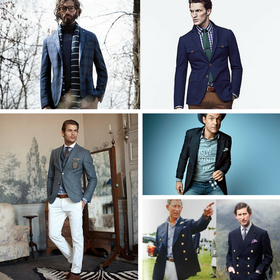
A stylized work of art, it is a storied menswear masterpiece that will continue to garner praise over time, becoming increasing esteemed and regarded whilst carrying with it a proven history of being something that will be forever in style, an indispensable essential that a gentleman can always confidently wager not only his refined style upon but also his cultivated character.
Wholly functional and suitably apropos no matter the social calling at hand, the navy blazer is in fundamental essence a gentleman's perennial sartorial trump card, a garment that affords him to ability to stylishly navigate (with ease) the often muddled social middle-ground that is bookmarked on opposing ends by fully-suited formality and dressed-down leisurewear. It is a versatile menswear staple that can carry a gent from work to weekend (and from morning to evening) with relative ease and comfort, a polished classic that will accentuate and smarten up nearly everything and anything in ones wardrobe.
It is something that can be repurposed (styled) time-and-again erstwhile still retaining its iconic position as one of the few individual pieces that consistently acts as a true bastion of proven eternal refinement, a crowning piece that is both sensibly comforting and casually refined yet formally resplendent and undeniably classy nonetheless.
It’s a diplomatic wunderkind, a culturally utilitarian garment whose neutral hue and easy wearing nature make it suitable for one-and-all, irrespective of skin tone, vocation, social standing, monetary means, or lifestyle.
Simply put, It’s the holy grail of transitionally articulate garments, safe yet never dull or boring, and a vestige of continentally refined taste and transitionally harmonious elegance: a fully complimentary and infallible (fail-safe) style option that any gentleman can — and should — take comfort in knowing that it always looks good whether styled up or down, whether with jeans or formal separates.
It is the classic and timeless navy blazer, a truly iconic menswear staple bar none!
Thoughts + Opinions
Chime in below…
YOU MAY ALSO LIKE:
- The Gentleman: A Characteristic Memorandum
- Vacation Style Edit: The Art of Destination Dressing
- Dating Edit: How To Dress Like A Modern Day Casanova
- A Most Wanted Man: The Spy as the Stylish Archetypical Modern Gentleman

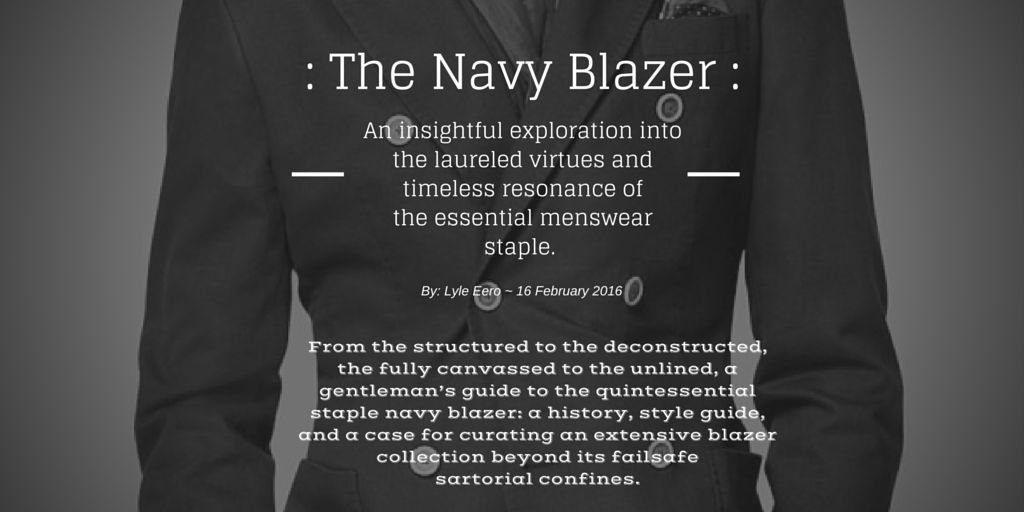




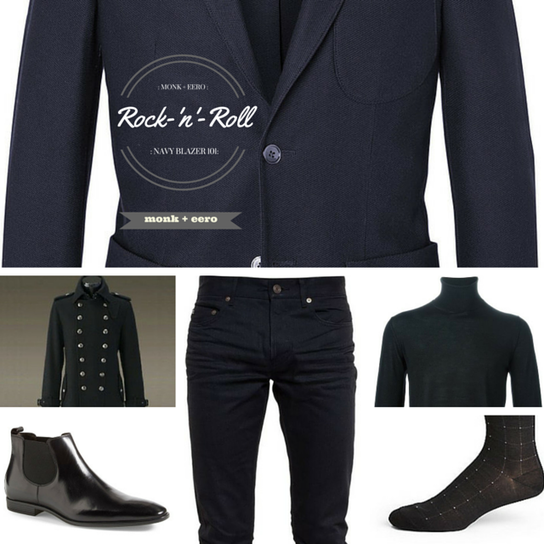



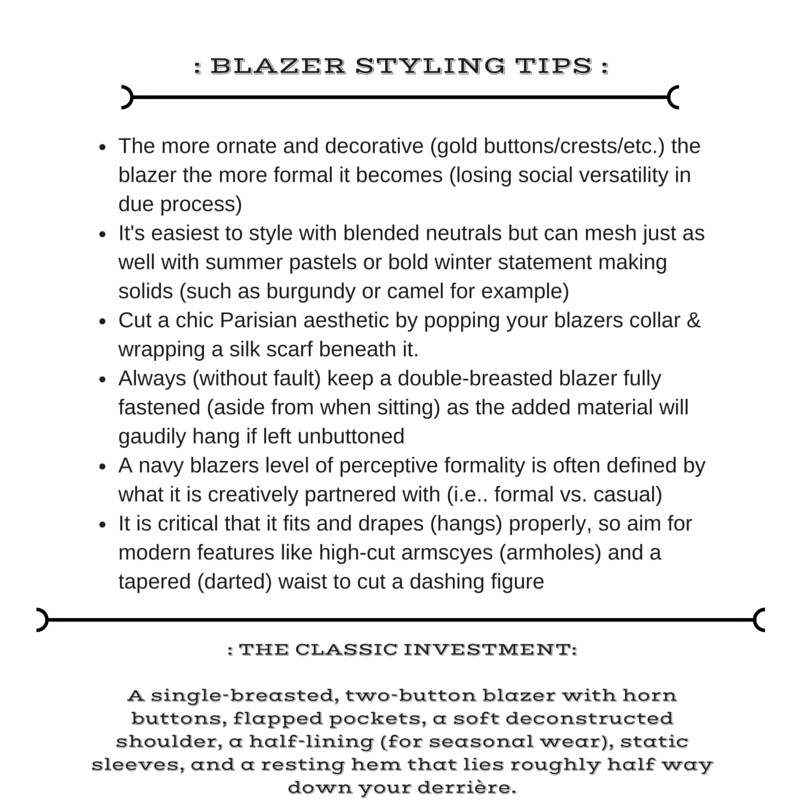
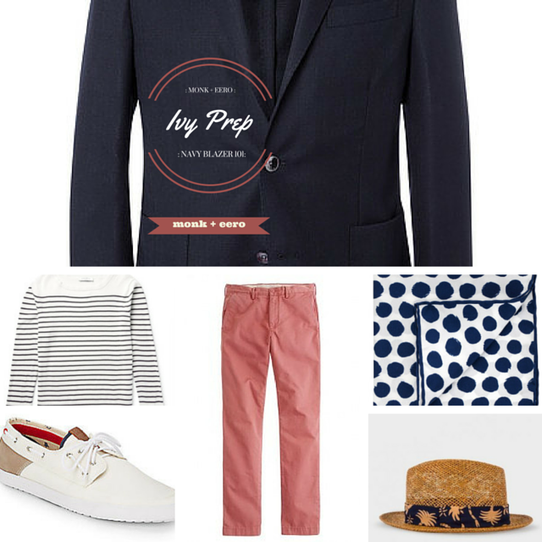



 RSS Feed
RSS Feed



